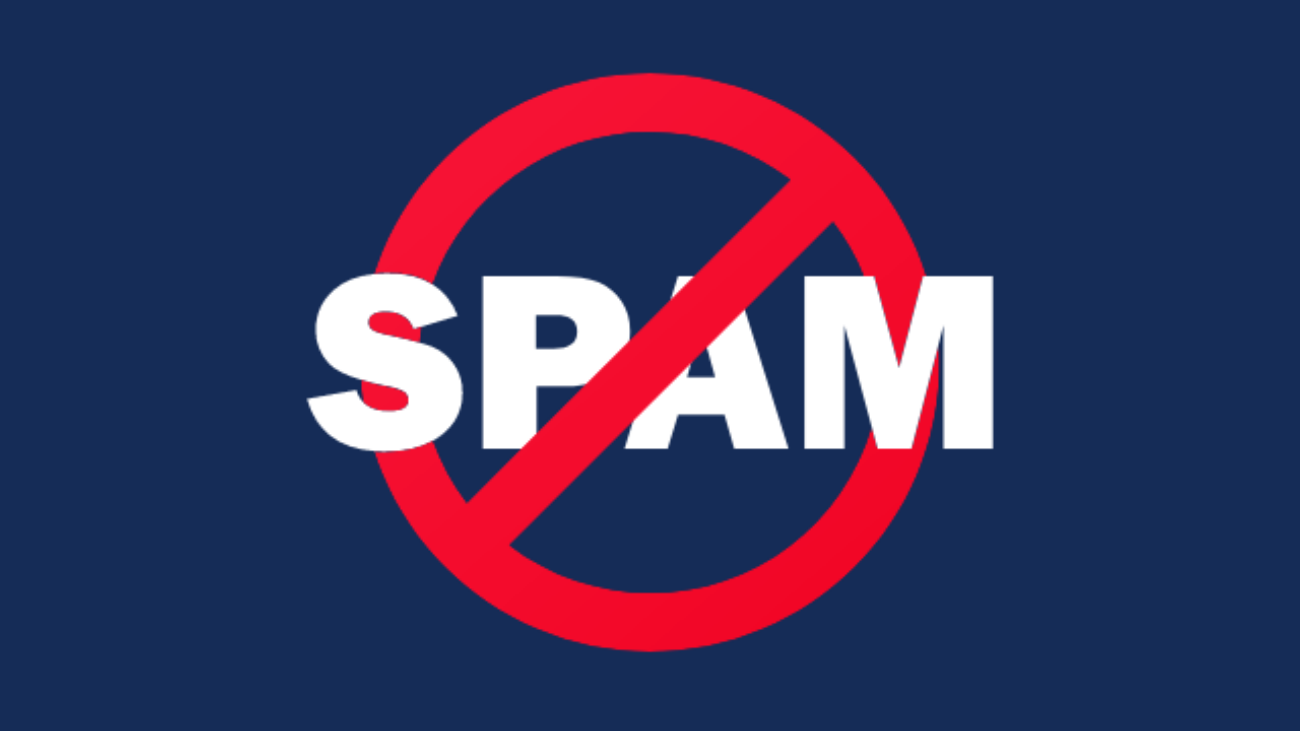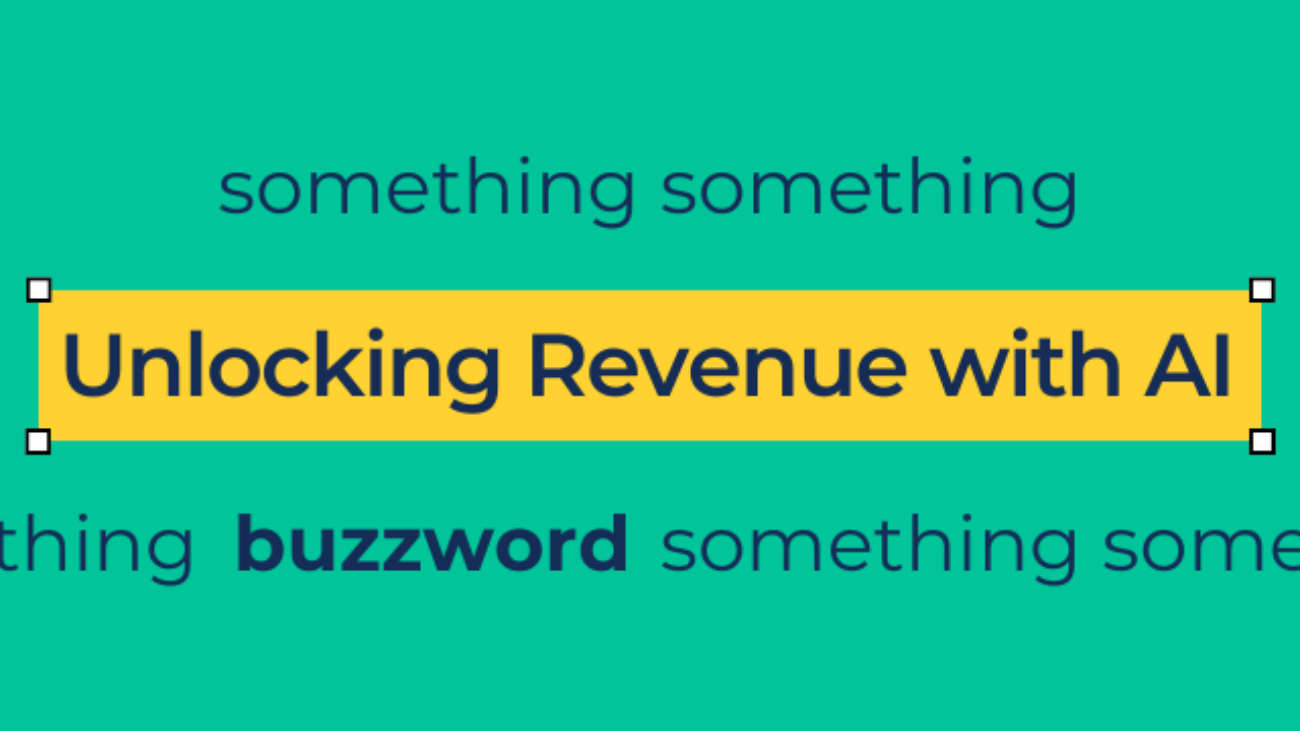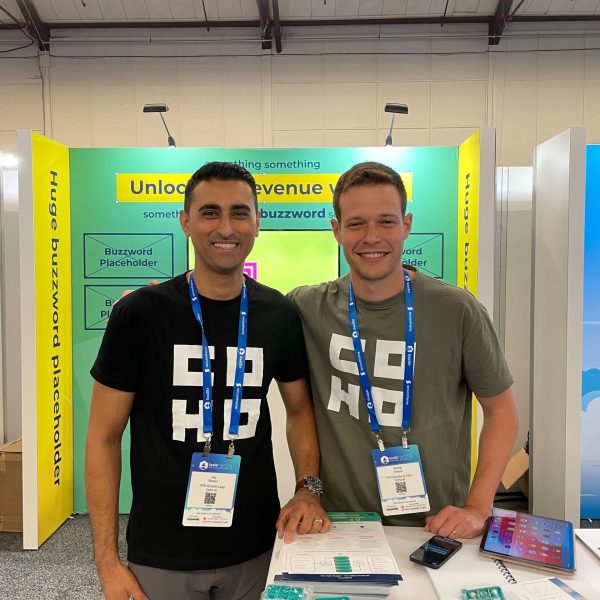It’s a new dawn for emails
The digital marketing landscape is on the brink of a significant transformation as Google gears up to implement its new spam guidelines that are set to roll out starting February 2024. These changes aren’t just incremental updates; they represent a paradigm shift towards a more secure, user-centric, and personalized email marketing approach. As marketers, understanding and adapting to these guidelines is not just about compliance; it’s about seizing an opportunity to innovate and enhance how we connect with our audience. This guide explores the nuances of these changes and outlines strategies for marketers and growth experts to navigate this new era effectively.
Understanding the New Guidelines
Starting in February 2024, Google is introducing stringent requirements specifically targeting bulk senders, defined as those dispatching over 5,000 messages to Gmail addresses in a single day, to enhance inbox security and reduce spam. Google’s 2024 spam guidelines introduce pivotal changes to the email marketing ecosystem:
1. Stricter Spam Control:
What it is: The guidelines now advise a spam rate threshold below 0.1%, a tightening from the previously recommended 0.3%. This adjustment is part of Google’s commitment to significantly reduce unsolicited emails.
Implications to think about: Email marketers are required to focus on more precise targeting and creating genuinely valuable content for recipients. This shift aims to reduce emails being marked as spam and is critical for maintaining a positive sender reputation.
2. Enhanced Email Authentication:
What It Is: The guidelines stress the implementation of SPF, DKIM (with a recommended key size of at least 1024 bits, preferably 2048 bits for enhanced security), and DMARC. Additionally, the use of TLS connections for email transmission is now mandated.
Implications to think about: By strengthening email security protocols, marketers can enhance email deliverability and safeguard against threats like phishing. This effort boosts the likelihood of emails reaching the audience, thereby increasing the overall effectiveness of email campaigns.
3. User-Friendly Unsubscribe:
What It Is: A one-click unsubscribe feature is now essential in marketing emails. Also emphasized is the role of proper forward and reverse DNS records, including PTR records, for authenticating sending domains or IPs.
Implications to think about: Making the unsubscribe process straightforward enhances user experience and aligns with their preferences. For marketers, this leads to a more engaged audience and better campaign outcomes. Proper DNS configurations contribute to a credible and trusted email presence, further supporting marketing efforts.
The Imperative of Hyper-Personalization
With these guidelines, hyper-personalization in email marketing shifts from a best practice to a necessity. Here’s why:
Enhancing User Engagement:
The cornerstone of effective email marketing lies in its ability to engage users. By personalizing emails to match the unique preferences, interests, and behaviors of each recipient, B2C marketers can see a significant increase in open and click-through rates. Personalized content has the power to capture the recipient’s attention, fostering deeper and more meaningful interactions. Instead of being just another email in an overflowing inbox, a personalized message stands out, resonates with the recipient, and encourages active engagement.
Reducing Spam Classification:
One of the pivotal aspects of Google’s new guidelines is the stringent control over spam. In this context, personalized emails become a strategic tool. Emails that are clearly aligned with the recipient’s interests and past behaviors are less likely to be flagged as spam. This alignment is crucial under the new, stricter spam controls. By ensuring that each email sent is perceived as relevant and valuable, marketers can significantly reduce the risk of their messages being lost in the spam folder.
Strengthening Customer Relationships:
At its heart, personalization in email marketing is about forging stronger connections. It goes beyond mere marketing tactics to genuinely understanding and catering to the customer’s needs and desires. When customers feel that a brand truly understands them and values their preferences, they are more likely to develop a sense of loyalty and engagement. This relationship-building aspect is fundamental in today’s competitive market, where customers are bombarded with countless marketing messages. Personalized emails make customers feel seen and heard, laying the foundation for long-term relationships and brand loyalty.
Creating Personalized Customer Journeys
The essence of personalization lies in creating unique customer journeys:
- Data-Driven Segmentation: Utilize advanced analytics to segment your audience. This segmentation allows for the delivery of tailored messaging that resonates with each group’s specific needs and interests.
- Delivering Relevant Content: Each email should be crafted to add significant value to the recipient’s interaction with your brand. Whether it’s through personalized offers, tailored recommendations, or valuable insights, the content should feel bespoke and relevant.
- Continuous Strategy Evaluation: The digital landscape is ever-evolving. Regularly assess the performance of your email campaigns and make data-driven adjustments to ensure that your approach remains aligned with customer preferences and behaviors.
Ensuring Compliance with Bulk Email Sender Requirements
Adapting to the new bulk email sender requirements involves focusing on three key areas: authentication, unsubscribe links, and spam rate thresholds. This involves not only technical setup but also a strategic review of your email marketing practices to ensure they align with these new standards.
Bulk Email Strategy Adaptation Checklist
The following checklist provides a strategic framework for marketers to align with Google’s guidelines. For detailed technical instructions, refer to the comprehensive document by Outreach.
Strategy Component | Action Steps | Purpose |
Email Sender Verification | Confirm SPF, DKIM, and DMARC setup for your domain. | Authenticates emails, builds trust. |
Spam Management | Monitor and maintain spam rates below 0.3%. | Ensures effective email reach. |
Simplified Unsubscribing | Include a one-click unsubscribe option in emails. | Respects user preferences and standards. |
Deliverability Optimization | Review and optimize content and targeting to prevent high bounce rates. | Maintains a healthy sender reputation. |
Contact List Hygiene | Update your contact list to focus on engaged subscribers. | Enhances engagement, reduces spam risks. |
Engagement Analytics | Analyze metrics and adjust strategies based on user behavior. | Creates relevant, personalized content. |
Legal Compliance Review | Stay informed about email marketing regulations. | Ensures ongoing compliance. |
Embracing the Future of Email Marketing
As we gear up for the implementation of Google’s new spam guidelines, the landscape of email marketing is at a pivotal crossroads. These guidelines are not just about compliance; they represent an opportunity to redefine how we engage with our customers. Emphasizing security, user choice, and personalized communication, this new era demands a shift in our email marketing strategies. By focusing on authentic email practices, managing spam rates effectively, and enhancing user engagement through hyper-personalization, marketers have the opportunity to not only meet these new regulations but to foster deeper, more meaningful connections with their audience.
Need Expert Guidance?
Looking for assistance with hyper-personalization and crafting unique user journeys that engage and delight your audience, keeping you clear of the spammers’ list? Contact us for expert guidance and support in navigating these changes and elevating your email marketing strategies.




